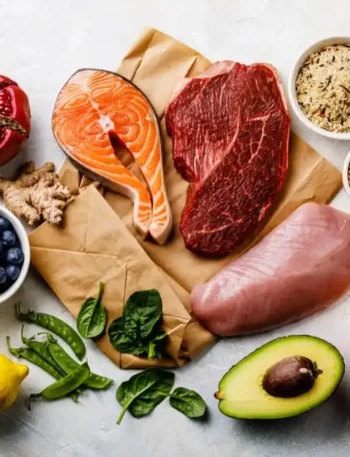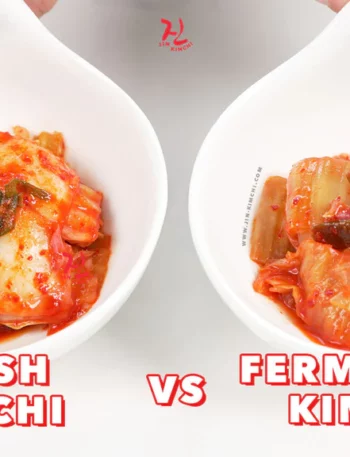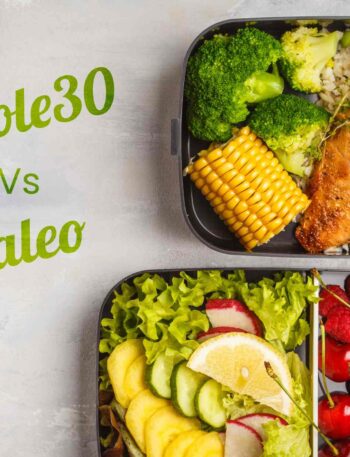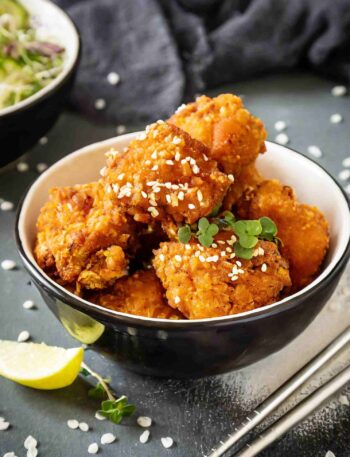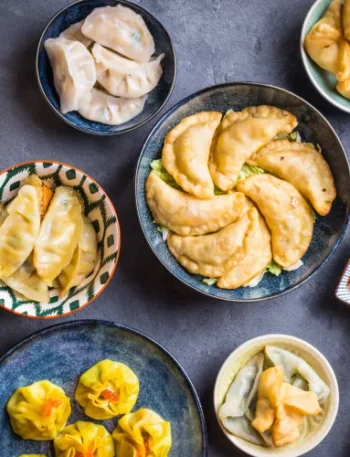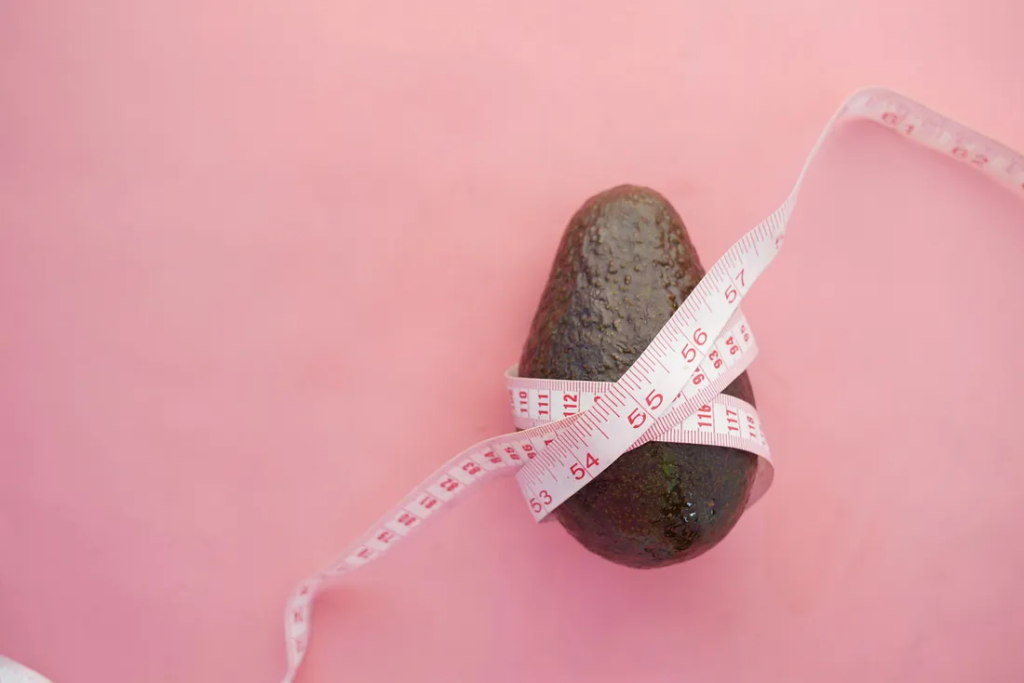
We’ve all heard the saying “you are what you eat,” but what if what you ate actually helped you live past 100? That’s the burning question, and to get answers, we need to take a closer look at some of the world’s longest-living communities, where reaching the century mark isn’t just a fluke — it’s practically expected.
These groups, or “Blue Zones,” follow unique dietary habits, and they’re spread across different parts of the world: Okinawa in Japan, Sardinia in Italy, Ikaria in Greece, Loma Linda in California, and the Nicoya Peninsula in Costa Rica.
Each place has its own way of eating and living that seems to turn back the clock in a way most of us only dream about.
So, what do they know that we don’t?
1. A Plant-Centric Plate — But Not Always Vegetarian
One thing’s for sure: these folks aren’t chomping down on double bacon cheeseburgers every day. Their diets revolve around plants, with vegetables, legumes, and whole grains taking center stage. But here’s the kicker — they’re not necessarily vegetarian or vegan.
It’s more like they just don’t feel the need to add meat to every meal. In Okinawa, for example, people traditionally eat tofu, sweet potatoes, and green leafy vegetables. Protein comes from small amounts of fish or other seafood, rather than slabs of steak.
In Sardinia, there’s cheese — specifically, a sheep’s milk cheese called pecorino — adding a bit of richness to their diet. Yes, these people eat cheese and bread (homemade, naturally fermented bread, though), but they also walk up and down mountainous paths every day, so a bit of pecorino doesn’t hurt them.
Lesson learned? It’s not about cutting out food groups. It’s more about dialing down and picking quality over quantity, eating just enough to feel satisfied, and enjoying the process.
2. Beans, Beans, the Magical Fruit
In nearly all these Blue Zones, legumes — like beans, lentils, and chickpeas — are a diet staple. We’re not talking about a small side portion, either. Beans are front and center, loaded with protein, fiber, and complex carbs.
They’re filling, cheap, and incredibly nutritious, so it’s no wonder they’re popular in places where health and longevity thrive. In Nicoya, black beans are common, often served with corn tortillas for a wholesome, complete protein.
But beans aren’t just fuel; they’re food for the soul in these communities. They’re usually shared with family or friends, turning meals into social experiences rather than just something to wolf down alone in front of the TV. When you sit down to a bowl of beans with people you love, somehow, it just tastes better.
Pro tip? Don’t underestimate the power of a simple bowl of beans. Turns out, they’re way more “magical” than we give them credit for.
3. Moderation is Key: The 80% Rule
While the people in Okinawa practice something called “hara hachi bu,” which translates roughly to “eat until you’re 80% full,” this idea of moderation spans across the Blue Zones. In Ikaria, folks eat slowly, sharing their meals with family and friends.
It’s as if everyone’s in on a well-kept secret: the slower you eat, the less you eat, and the more time you give your body to signal that it’s full.
Imagine this: a relaxed, sunlit table where laughter, conversation, and delicious smells fill the air. Compare that to a quick drive-thru meal on your way to the next task.
Which sounds better for you? Eating this way is about much more than the food — it’s about respecting the meal and your body. It’s a simple trick, really, but one that seems to add up over the decades.
4. A Sip (or Two) of the Good Stuff
Here’s where things get interesting. While we’re often told to cut out alcohol for health, people in places like Sardinia and Ikaria regularly enjoy a small glass of local wine, often with meals. It’s not about getting tipsy; it’s about pairing food with a drink that has a centuries-old tradition behind it.
These wines are often rich in antioxidants, which doesn’t hurt, but they’re consumed with food, never on an empty stomach.
Think of it like this: when you drink mindfully and in moderation, alcohol can enhance the experience. In these communities, it’s all about sipping, not slugging.
So, no one’s downing beers on their lunch break, but a glass of Cannonau red wine? That’s a different story.
5. Embracing What’s Local and Seasonal
One thing all Blue Zones have in common is a diet deeply connected to the land. People don’t just eat food; they eat what their land provides in its own season. In Costa Rica, this might be papayas and yuca. In Greece, it’s figs and grapes in summer, and hearty greens and legumes in winter.
When you eat seasonally, you’re more likely to get food that’s fresher, richer in nutrients, and usually better tasting. Plus, it’s better for the planet, which never hurts.
Imagine biting into a tomato fresh off the vine, still warm from the sun, versus eating a tomato in December that’s been shipped halfway around the world.
There’s just no comparison, right? Seasonal eating doesn’t just nourish the body; it connects you to your environment, making you appreciate where your food comes from.
6. Small Portions, Big Flavor
Let’s get one thing clear: these people eat to enjoy, not just to survive. Their meals are packed with flavor, thanks to fresh herbs, spices, and natural ingredients.
In Ikaria, for instance, they cook with plenty of garlic, oregano, and rosemary, turning simple dishes into something extraordinary. They may eat less food overall, but each bite packs a punch.
And here’s a lesson that really sticks: you don’t need a mountain of food to feel satisfied. In fact, a smaller plate can make a bigger impact if it’s well-prepared. Quality beats quantity every time.
Bringing It Home
So, what can we learn from the way these longest-living people eat? First, a meal isn’t just fuel; it’s an event. It’s about connection, joy, and tradition. Second, the focus on simple, whole ingredients reminds us that the food that sustains us doesn’t have to be fancy.
It’s about quality over quantity, eating locally and seasonally, and giving our meals the time and respect they deserve.
And who knows? By making a few changes, maybe we’ll live a little longer, too — or at the very least, we’ll enjoy our meals a whole lot more.


